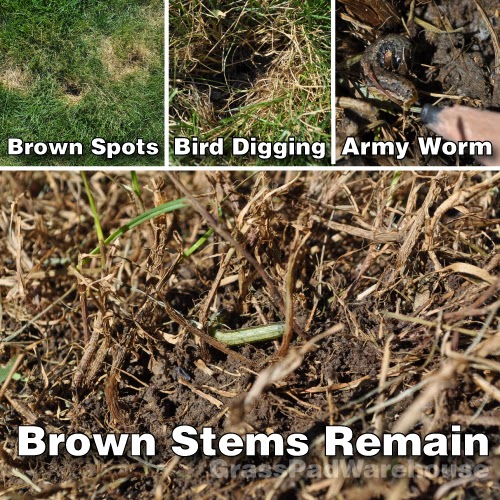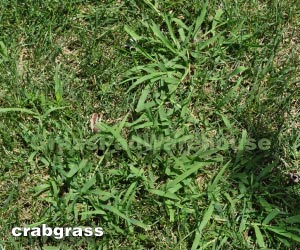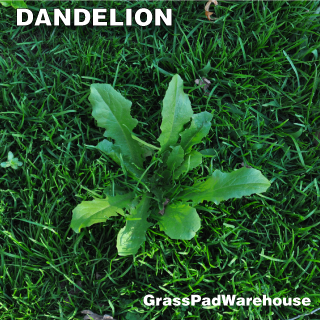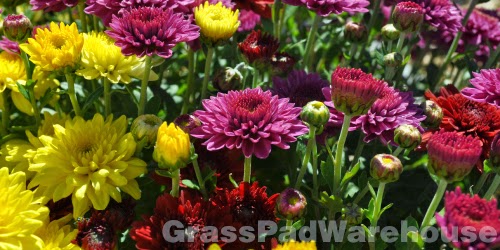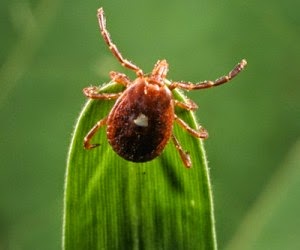The fall armyworm feed on a host of different crops, but they really have a preference for lush green, well-fertilized tall fescue and rye grasses. Armyworms feed on the bottom of a plant first and move up the stem, quickly stripping foliage from the leaves.
In a typical fall season, armyworms are not a big concern for our region, the last major infestation was in 2010. Unusual weather patterns may have played a factor. Cooler than normal summers or the brief heat wave may have confused the armyworm moth's biological GPS. The only thing we know for sure is, they are here now!
Repair any damagedareas following Uncle's Steps to Fall Lawn Renovation and using extra grass seed in damaged areas. If used as directed, the controls for armyworms and fall renovation can be done the same day. Using Critter Gitter, Cyonara, or Bifen I/T will not affect seeding.
In a typical fall season, armyworms are not a big concern for our region, the last major infestation was in 2010. Unusual weather patterns may have played a factor. Cooler than normal summers or the brief heat wave may have confused the armyworm moth's biological GPS. The only thing we know for sure is, they are here now!
Armyworm moths lay egg masses reaching 1500 to 2000 individual eggs hatching in just a few days. The larval stage tends to last about 14 days in the heat of summer to almost a month in cooler weather. Ferociously feeding on the best looking fescue lawns. The young are a greenish caterpillars with a black head maturing to a dark brownish body with hair like spines. The face of the mature larva is marked with a white inverted "Y".
After larvae have fully grown, they bury themselves into the soil and form a pupae. The moths will emerge in about 10 to 14 days. Damage can come in waves with multiple generations, monitoring your lawn for the rest of the season is advisable.
After larvae have fully grown, they bury themselves into the soil and form a pupae. The moths will emerge in about 10 to 14 days. Damage can come in waves with multiple generations, monitoring your lawn for the rest of the season is advisable.
Signs you may have fall armyworm invasion:
- Brown patches resembling drought damage.
- Brown patches with all tender green leave removed, leaving only tough stems.
- Birds digging near those brown areas.
Timing is crucial and early treatment is the most effective. Small fall armyworms are easier to control than the mature. Apply Critter Gitter granules, Cyonara, or Bifen I/T liquid control early or late in the day when armyworms are the most active. Fall armyworms will spend the hot part of the day deep in the soil. When using Critter Gitter granules use plenty of water to allow for good penetration.
Repair any damagedareas following Uncle's Steps to Fall Lawn Renovation and using extra grass seed in damaged areas. If used as directed, the controls for armyworms and fall renovation can be done the same day. Using Critter Gitter, Cyonara, or Bifen I/T will not affect seeding.


